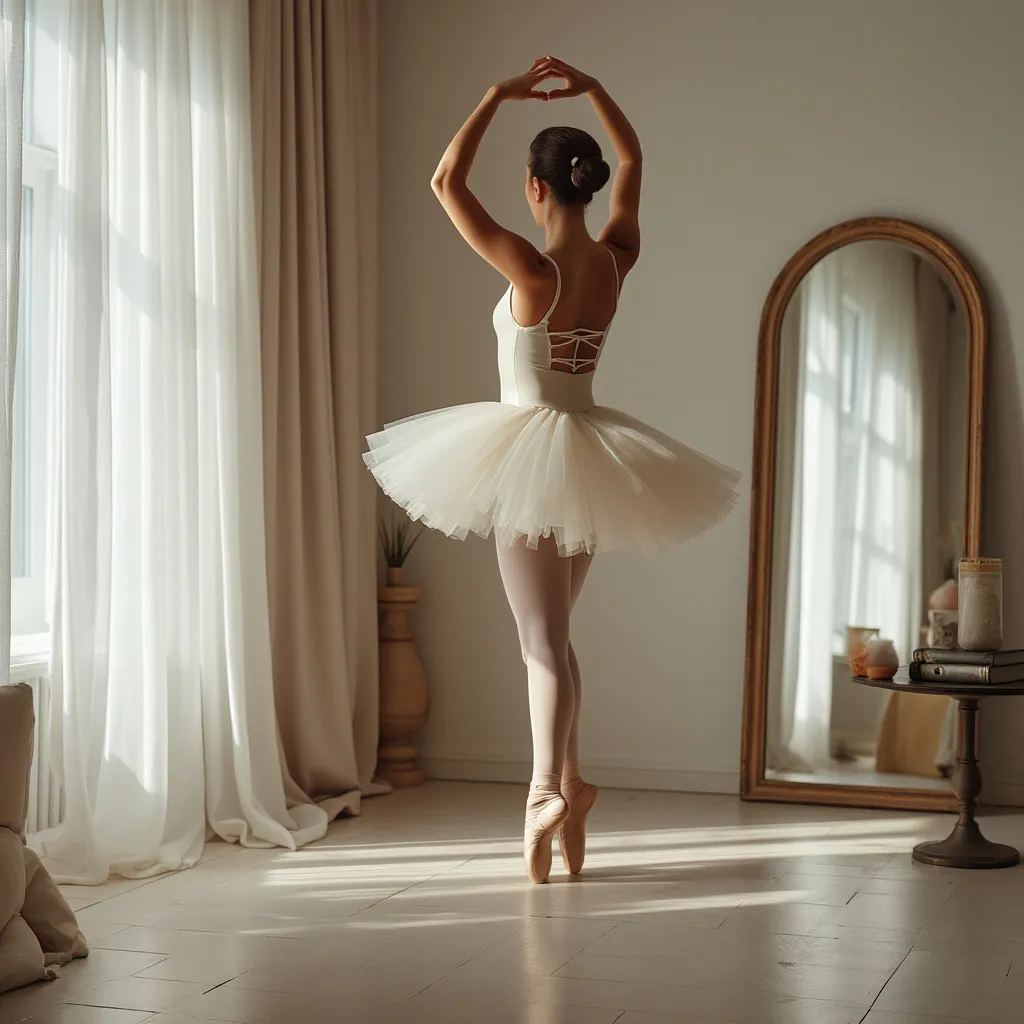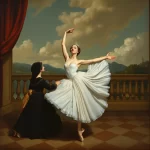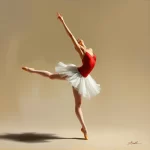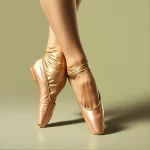Ballet’s Influence on Other Dance Forms: A Historical Perspective
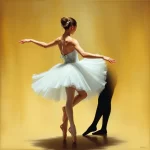
Introduction
Ballet, often regarded as the epitome of grace and discipline, has a rich history that dates back to the Italian Renaissance courts of the 15th century. Over the centuries, it has evolved and spread across the globe, influencing a myriad of other dance forms. This article delves into the historical perspective of ballet’s influence on other dance styles, exploring how its techniques, aesthetics, and philosophies have permeated various genres.
The Origins of Ballet
The Italian Renaissance
Ballet’s roots can be traced back to the Italian Renaissance, where it began as a form of court entertainment. The term “ballet” itself is derived from the Italian word “ballare,” meaning “to dance.” During this period, dance was an integral part of courtly life, often performed at lavish events and celebrations.
French Court and the Birth of Classical Ballet
It was in the French court of King Louis XIV that ballet began to take on its classical form. The establishment of the Académie Royale de Danse in 1661 marked a significant milestone in the formalization of ballet techniques and training. Under the guidance of Pierre Beauchamp, the five fundamental positions of the feet were codified, laying the groundwork for classical ballet.
Ballet’s Influence on Other Dance Forms
Modern Dance
Modern dance emerged in the early 20th century as a reaction against the rigid structures of classical ballet. Pioneers like Isadora Duncan, Martha Graham, and Merce Cunningham sought to break free from the constraints of traditional ballet, emphasizing natural movement and emotional expression. However, despite their rebellion, many modern dance techniques still draw heavily from ballet’s foundational principles.
- Isadora Duncan: Often considered the mother of modern dance, Duncan’s fluid and expressive movements were a stark contrast to the formalism of ballet. Yet, her training in ballet provided her with the technical foundation to explore new forms of expression.
- Martha Graham: Graham’s technique, characterized by its focus on contraction and release, was deeply influenced by her early ballet training. Her work often incorporated ballet’s precision and discipline, even as she pushed the boundaries of movement.
- Merce Cunningham: Cunningham’s approach to dance was revolutionary, emphasizing randomness and chance. However, his early ballet training with George Balanchine and Martha Graham’s company provided him with the technical prowess to innovate.
Contemporary Dance
Contemporary dance, which emerged in the mid-20th century, is a fusion of various dance styles, including ballet, modern, jazz, and hip-hop. Ballet’s influence is evident in the technical precision and fluidity of contemporary dance movements. Choreographers like William Forsythe and Jiří Kylián have seamlessly blended ballet with contemporary techniques, creating a dynamic and versatile dance form.
Jazz Dance
Jazz dance, with its roots in African American culture, has also been influenced by ballet. The technical rigor and discipline of ballet have been incorporated into jazz dance training, enhancing dancers’ strength, flexibility, and control. Choreographers like Bob Fosse and Jerome Robbins have successfully integrated ballet techniques into their jazz choreography, creating iconic works that continue to inspire dancers today.
Musical Theatre
Musical theatre, a genre that combines acting, singing, and dancing, has been profoundly influenced by ballet. The precision and grace of ballet movements have been incorporated into many musical theatre productions, enhancing the overall performance quality. Choreographers like Agnes de Mille and Michael Bennett have utilized ballet techniques to create memorable dance sequences in musicals such as “Oklahoma!” and “A Chorus Line.”
Hip-Hop and Street Dance
While hip-hop and street dance may seem worlds apart from ballet, they too have been influenced by its techniques. Many hip-hop dancers incorporate elements of ballet into their routines, using its principles of balance, control, and fluidity to enhance their performances. The fusion of ballet and hip-hop has given rise to innovative dance styles, such as “hiplet,” which combines classical ballet with hip-hop movements.
Global Influence of Ballet
Russian Ballet
Russian ballet has played a pivotal role in the global dissemination of ballet. The establishment of the Imperial Ballet School in St. Petersburg in 1738 marked the beginning of Russia’s deep connection with ballet. Renowned choreographers like Marius Petipa and George Balanchine have significantly contributed to the development of ballet, influencing dance forms worldwide.
Asian Ballet
Ballet has also made its mark in Asia, with countries like China, Japan, and South Korea embracing the art form. The integration of ballet with traditional Asian dance styles has led to the creation of unique and captivating performances. For instance, the National Ballet of China has successfully blended classical ballet with Chinese folk dance, creating a distinctive style that resonates with audiences globally.
Latin American Ballet
In Latin America, ballet has influenced various traditional dance forms, such as tango and samba. Ballet’s emphasis on technique and precision has been incorporated into these dances, enhancing their complexity and elegance. Ballet companies in countries like Cuba and Brazil have gained international acclaim for their innovative choreography and exceptional performances.
FAQ
How did ballet originate?
Ballet originated in the Italian Renaissance courts of the 15th century as a form of court entertainment. It later evolved in the French court of King Louis XIV, where it began to take on its classical form.
Who were some key figures in the development of modern dance?
Key figures in the development of modern dance include Isadora Duncan, Martha Graham, and Merce Cunningham. These pioneers sought to break free from the constraints of traditional ballet, emphasizing natural movement and emotional expression.
How has ballet influenced contemporary dance?
Ballet has influenced contemporary dance by providing a technical foundation for precision and fluidity. Choreographers like William Forsythe and Jiří Kylián have blended ballet with contemporary techniques, creating a dynamic and versatile dance form.
What role has Russian ballet played in the global dissemination of ballet?
Russian ballet has played a pivotal role in the global dissemination of ballet. The establishment of the Imperial Ballet School in St. Petersburg and the contributions of choreographers like Marius Petipa and George Balanchine have significantly influenced dance forms worldwide.
How has ballet influenced dance forms in Asia?
Ballet has influenced dance forms in Asia by integrating with traditional Asian dance styles. Countries like China, Japan, and South Korea have embraced ballet, leading to the creation of unique and captivating performances that blend classical ballet with traditional elements.
Conclusion
Ballet’s influence on other dance forms is undeniable. From modern and contemporary dance to jazz, musical theatre, and even hip-hop, ballet’s techniques, aesthetics, and philosophies have permeated various genres, enriching and diversifying the world of dance. As ballet continues to evolve and adapt, its impact on other dance forms will undoubtedly persist, inspiring future generations of dancers and choreographers to push the boundaries of movement and expression.

